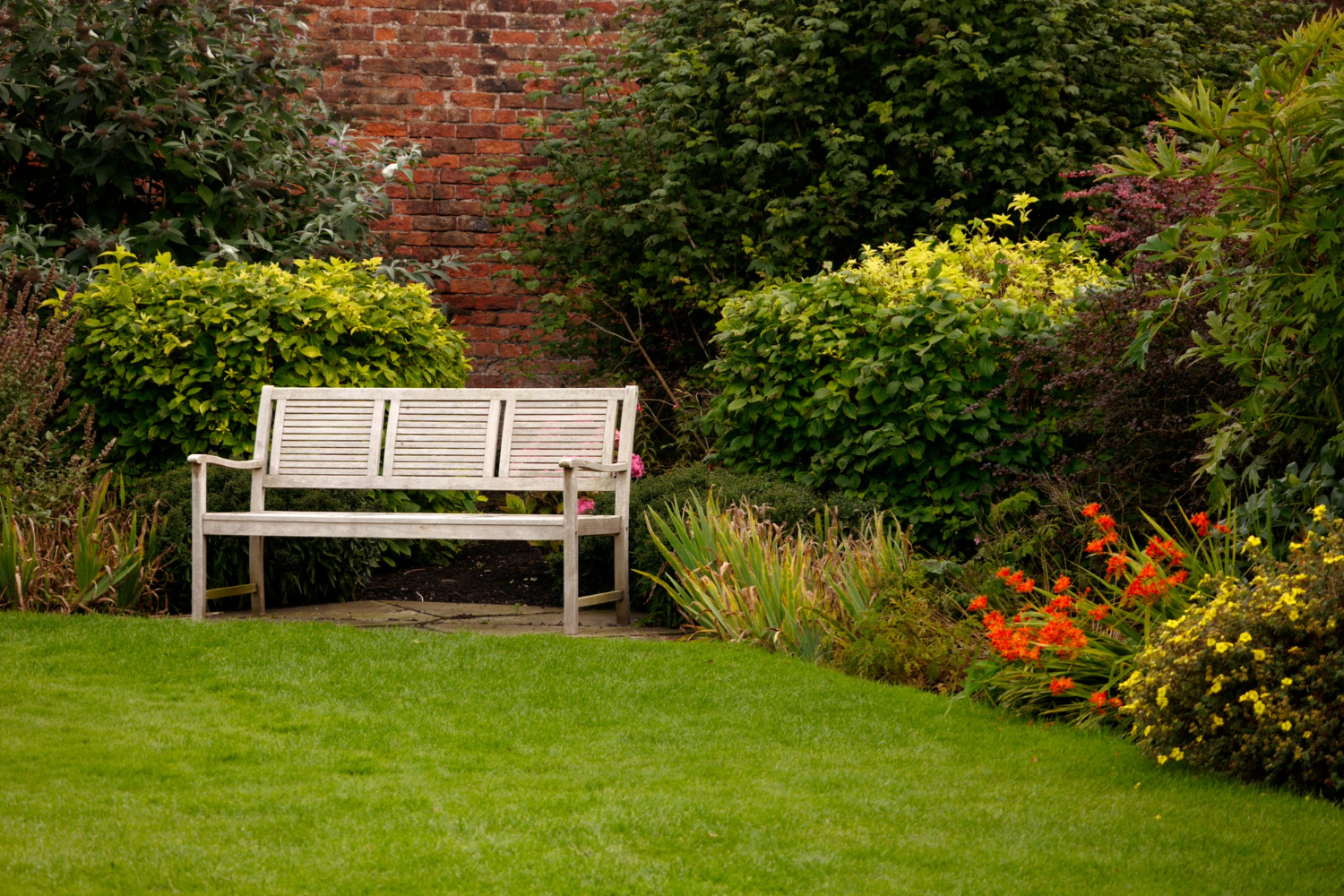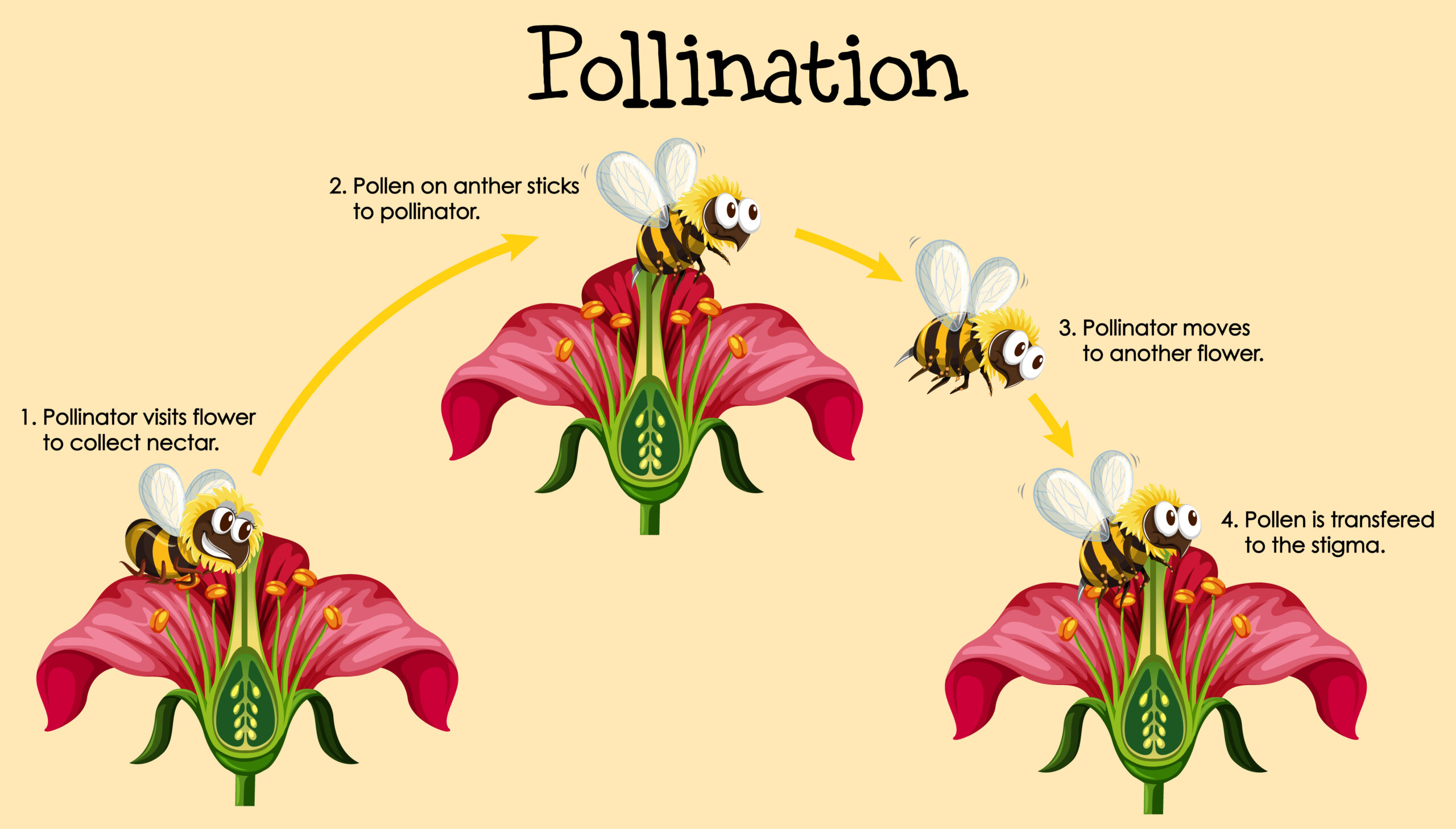When it comes to gardening, the soil is the foundation of success. Think of it like building a house – if the foundation is weak, the whole structure is at risk of collapsing. The same goes for plants. If they don’t have healthy soil to grow in, they won’t thrive.
That’s why it’s crucial for home gardeners to understand soil science and know how to improve their soil. Like a good recipe, soil improvement requires a mix of ingredients. You need to test your soil, add organic amendments and fertilizers, compost and mulch, and practice crop rotation and cover cropping.
It may sound overwhelming, but with the right knowledge and tools, you’ll be well on your way to growing a thriving garden. So, let’s dig in and learn about the home gardener’s guide to soil improvement.
Understanding the Basics of Soil Science
If you’re looking to grow healthy plants and vegetables, it’s important to understand the basic principles of soil science.
Soil composition is an essential factor that affects plant growth and development. Soil is composed of minerals, organic matter, air, and water.
The minerals provide the necessary nutrients required by plants to grow, while organic matter improves soil structure and water-holding capacity. Air and water are essential for the survival of soil microorganisms, which are responsible for breaking down organic matter into nutrients that plants can absorb.
Nutrient uptake is another crucial aspect of soil science. Plants require a variety of nutrients to grow, including nitrogen, phosphorus, and potassium.
These nutrients are absorbed by plants through their roots, with the help of soil microorganisms. The availability of these nutrients is closely related to soil pH, with some nutrients being more available in acidic soils, while others are more available in alkaline soils.
Understanding the principles of soil science can help you identify and correct soil deficiencies, ensuring that your plants have the necessary nutrients to grow and thrive.
Testing Your Soil for Nutrient Levels and pH
Well, it looks like it’s time to get down and dirty with your soil – testing its nutrient levels and pH to ensure your plants are getting the good stuff they need.
One way to test your soil is through soil texture analysis. This involves examining the physical properties of the soil, such as its texture, structure, and composition. You can do this by simply taking a handful of soil and feeling its texture between your fingers. Sandy soil will feel gritty, while clay soil will feel smooth and sticky. Loamy soil, which is the ideal soil type for gardening, will feel crumbly and hold its shape when squeezed.
Another way to test your soil is by interpreting soil test results. You can send soil samples to a laboratory for testing, or use a home soil test kit. The test results will provide information on the levels of nutrients in your soil, such as nitrogen, phosphorus, and potassium, as well as the pH level.
Nutrient deficiencies or imbalances can cause stunted growth, yellowing leaves, and poor yields, so it’s important to know what your soil needs. You can then amend your soil with organic matter, fertilizers, or other supplements to improve its nutrient levels and pH, ensuring that your plants have everything they need to thrive.
Organic Amendments and Fertilizers for Soil Improvement
Get ready to give your plants the boost they deserve with organic amendments and fertilizers – because who doesn’t want to see their garden flourish?
One great option for improving soil health is vermicomposting. Simply put, it involves feeding organic waste to red worms, who then create nutrient-rich castings that can be added to soil. Vermicomposting benefits include improved soil structure, increased water retention, and higher levels of beneficial microorganisms.
You can purchase a pre-made bin or make your own using a plastic storage container and some bedding material like shredded newspaper or coconut coir. Once your bin is set up, add your organic waste and watch the worms do their thing. In a few months, you’ll have a valuable soil amendment that can be added directly to your garden beds.
Another way to improve your soil naturally is through the use of green manure options. Green manure is essentially a cover crop that is grown specifically to be turned back into the soil. This helps to add organic matter, improve soil structure, and increase nutrient levels.
Some popular green manure options include clover, buckwheat, and ryegrass. These crops can be planted in the fall or spring and then tilled back into the soil before planting your vegetable crops. Not only does this help to improve your soil health, but it also helps to suppress weeds and prevent erosion. Plus, it’s a great way to get more out of your garden space!
Composting and Mulching for Healthy Soil
You can easily create nutrient-rich soil by using composting and mulching techniques.
DIY composting tips are readily available online, and it can be as simple as collecting kitchen scraps and yard waste in a bin or pile, regularly turning it to aerate, and adding in some water and soil to help break down the organic matter.
Composting not only provides a natural fertilizer for your plants, but it also reduces waste and helps the environment. By using the materials that you already have, you can create a sustainable and eco-friendly solution for your garden.
Another way to improve your soil is by using mulch. Mulching, or covering the soil with a layer of organic material, has many benefits. It helps to retain moisture in the soil, regulate temperature, and suppress weed growth.
Additionally, as the mulch breaks down, it adds nutrients to the soil, making it more fertile. There are different types of mulch available, such as leaves, grass clippings, wood chips, and straws. Choose the type that is readily available to you and suits your gardening needs.
By using composting and mulching techniques, you can create a healthy and thriving garden.
Maintaining Healthy Soil with Crop Rotation and Cover Crops
Maintaining healthy soil is crucial for the success of your garden, and using crop rotation and cover crops can help you achieve this while also feeling proud of your eco-friendly efforts.
Crop selection is an important factor to consider when it comes to maintaining soil health. By rotating your crops every season, you can help prevent soil-borne diseases and pests from building up in the soil. Additionally, rotating crops helps improve soil structure as different crops have varying root depths and nutrient requirements, which can help break up compacted soil and improve soil fertility.
Another way to maintain soil health is through companion planting. Companion planting involves growing two or more plants together that can benefit each other in some way. For example, planting legumes like peas and beans with nitrogen-fixing bacteria can help improve soil fertility as these plants convert nitrogen from the air into a form that can be used by other plants.
In turn, these nitrogen-rich legumes can benefit neighboring plants by providing them with essential nutrients. By incorporating crop rotation and companion planting into your gardening practices, you can maintain healthy soil and achieve a thriving garden.
Conclusion
Congratulations! You’re now equipped with the knowledge and tools to improve the soil in your home garden.
By understanding the basics of soil science and testing your soil for nutrient levels and pH, you can determine which organic amendments and fertilizers will work best for your particular soil type.
Composting and mulching are also great ways to improve the health of your soil while maintaining it with crop rotation and cover crops will help keep it fertile for years to come.
As the famous Chinese philosopher Lao Tzu once said, “Nature does not hurry, yet everything is accomplished.”
Take your time and be patient with your soil improvement journey. Remember, healthy soil is the foundation for a thriving garden and a sustainable future.
By implementing these techniques and paying attention to the needs of your plants, you’ll be well on your way to a bountiful harvest and a more beautiful world.
Happy gardening!










